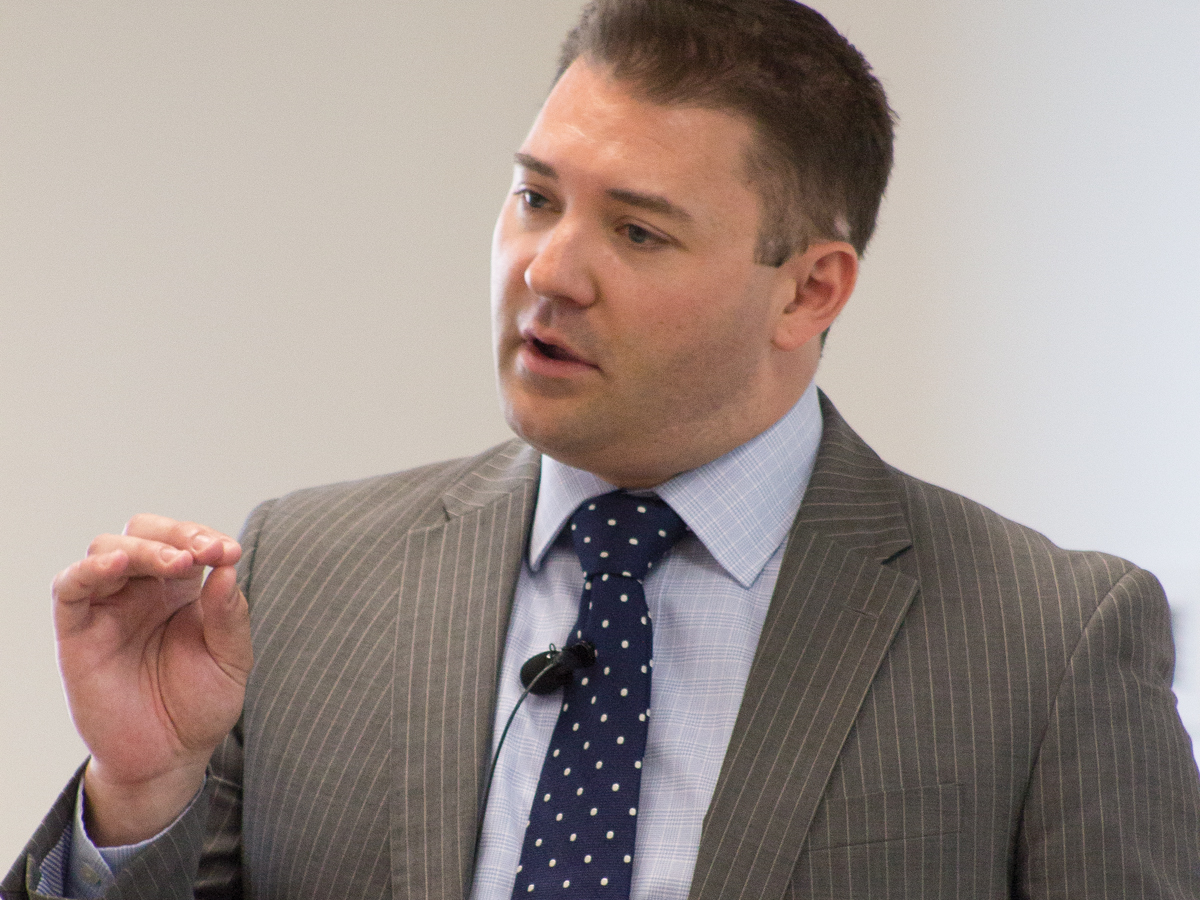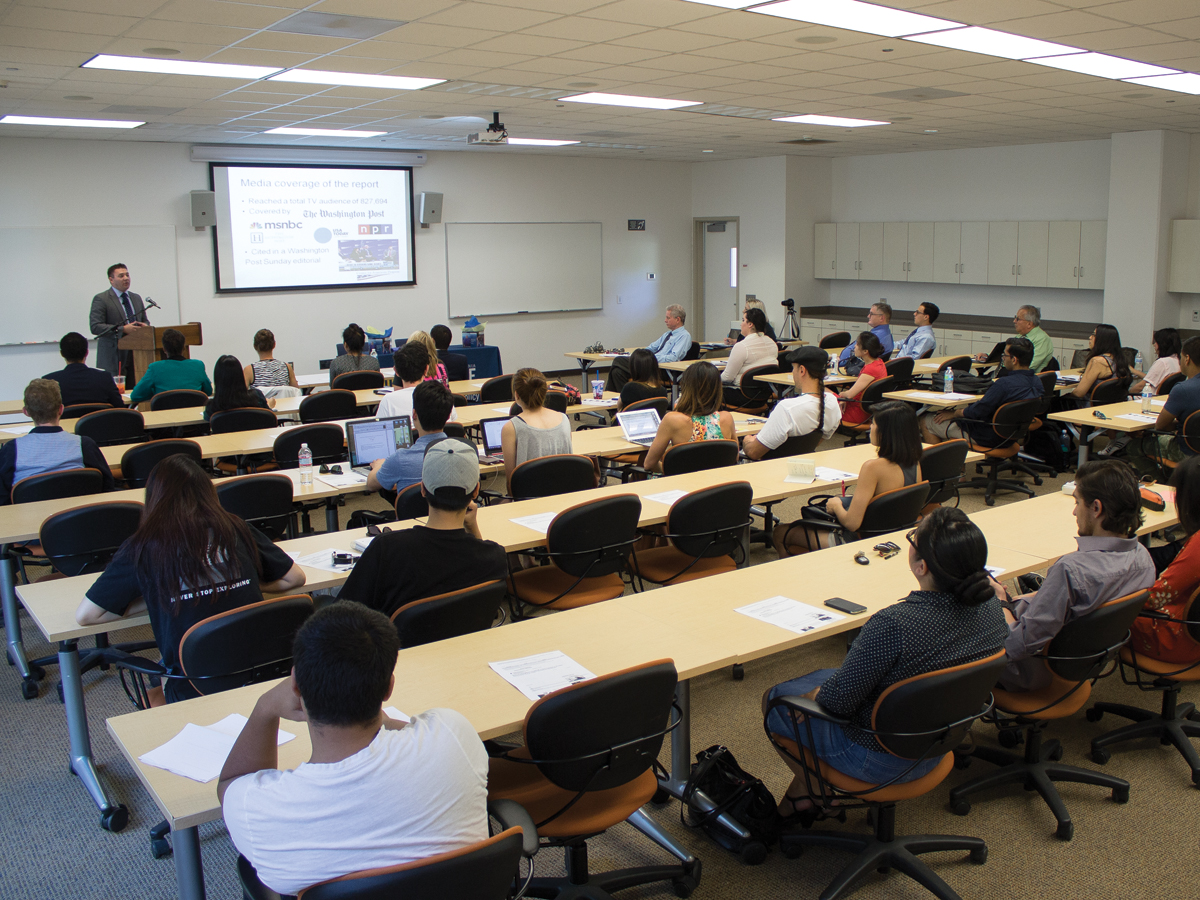
Associate Director for the Center for American Progress Erik Stegman spoke at UCR last Friday about the negative impact Native American mascots have on American Indian and Alaska Native Youth, as well as policy changes that would help lessen that impact.
The talk, part of the UCR’s School of Public Policy’s seminar series, focused on a 2014 report entitled “Missing the Point,” conducted by Stegman and his colleague Victoria Phillips. The report critiques the media’s emphasis on the sentimentality of the mascots’ history, thereby overlooking the negative effects on Native American youths’ self-esteem and learning environments.
He cited research conducted by the American Psychological Association (APA) that gauged reactions of Native American youth to depictions, such as the mascot of the Cleveland Indians baseball team and Disney’s Pocahontas. The research found that exposure to these mascots resulted in “lower self-esteem, sense of community worth and views of students’ own potential.”
In addition, American Indian and Alaska Native youth are strapped with the nation’s lowest graduation rates of any racial or ethnic group at 67 percent, compared to the national average of 81 percent. These communities also experience a widespread poverty rate of 29 percent, nearly double the average of the overall U.S. population poverty rate of 15.7 percent. The suicide rate is 2.5 times higher than the national average and is the second-leading cause of death for these people ages 15-34.

These statistics exacerbate Native Americans’ feelings of hopelessness and loss of agency, according to Stegman. “The entire debate up to this point has been non-Native people talking to non-Native people about what they think Native people should or shouldn’t think,” he said. “We wanted to change this by really trying to show people the real voice of what Native people think about it, particularly youth.”
Stegman invited Rory Taylor, a member of the Pawnee Nation of Oklahoma and freshman at Claremont College, to speak. Taylor was nominated as a 2015 Champion for Change by the Center for Native American Youth for his work, centered on providing educational access to young Native Americans. He spoke about his own experiences with the ways Native American mascots impact younger people, saying “most stereotypes don’t allow us to be native college graduates, native lawyers, native doctors, native professionals. They only allow us to be redskins.”
Taylor also discussed the ways in which the diversity of the 566 federally recognized tribes of Native Americans in the United States is reduced to a few racist depictions in media. “If we’re ever going to go anywhere or do anything … we have to get rid of these stereotypes and stigmas.”
Stegman and Phillips’ proposal for change in policy includes seeking input from tribal communities, youth and leaders about school environments, providing legal guidance on this matter as it relates to federal funding and pushing executive offices and legislatures to assess the impact of these representations in schools and making recommendations for the retirement of the mascots.
UCR English professor Michelle Raheja, who studies Native American literature and has Seneca heritage, said, “I find (Native American mascots) really demeaning and really ugly and it seems like (they serve as) a path to act out a certain kind of aggression towards native people that’s kind of been sublimated into the culture since the very beginning.”
Raheja emphasized the need for change in curriculum that teaches Native American history, saying, “There was a former colleague here who called the way that native people are taught in school ‘intellectual child abuse’ and I feel like that … makes mascots normal.”








